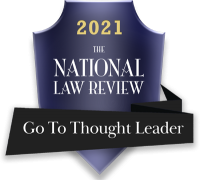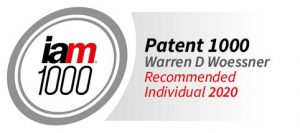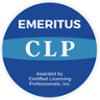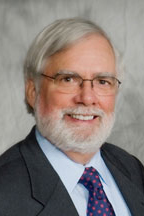On September 1st, the Office of Patent Legal Administration (I didn’t know there was one) issued 17 pages in the Fed. Reg. (Vol. 75, 53643) updating its obviousness guidelines. (A copy of the guidelines is found at the end of this post.) The Update is mostly a meaty analysis of 22 post-KSR Fed. Cir. decisions, 12 of which are in the pharma/biotech area and nine of which deal with the principles of “structural obviousness.” The Guidelines state that apart from using the TSM test as a rationale “to support an obviousness determination,” the 2007 KSR Guidelines identified six other rationales that can also be used: (1) Combining prior art elements according to known methods to yield predictable results; (2) simple substitution of one known element for another to obtain predictable results; (3) use of a known technique to improve similar devices, methods, or products in the same way; (4) applying a known technique to a known device, method or product ready for improvement to yield predictable results; (5) “obvious to try”; and (6) known work in one field of endeavor may prompt variation of it for use in either the same field or a different one based on design incentives or other market forces if the variations are predictable to POSA.
The structural obviousness decisions are either used to illustrate “substituting one known element for another” or “obvious to try.” All the decisions are summarized by “teaching points,” some of which are simply put too broadly. For example, the teaching point for Aventis Pharma v Lupin, 499 F.3d 1293 (Fed. Cir. 2007) is: “A chemical compound would have been obvious over a mixture containing that compound as well as other compounds where it was known or the skilled artisan had reason to believe that some desirable property of the mixture was derived in whole or in part from the claimed compound, and separating the claimed compound from the mixture was routine in the art.”
Good luck with any stereoisomer claim if this is, in fact, the law. But it’s not. In Aventis v. Lupin the claim was to one stereoisomer having multiple S-centers. The prior art disclosed a mixture of the possible stereoisomers – it always does – but also disclosed that multiple S-centers in related drugs were associated with increased potency. The Fed Cir found that this provided enough motivation to isolate the claimed compound using conventional techniques.
MSNBC commentator Keith Oberman has his list of “worst people of the week” and, unfortunately, one of the worst post-KSR decisions, in re Kubin, is explicated at length in the Update. “Obvious to try” is the most legally wobbly basis for a finding of obviousness. The 2007 Guidelines are quoted as “explain[ing]…that this rationale is only appropriate when there is a recognized problem or need in the art and there are a finite number of identified predictable solutions to the recognized need or problem; and [POSA] could have pursued these known potential solutions with a reasonable expectation of success.”
Despite the drafters’ bells and whistles, this is still a attempt to put lipstick on a pig. The Supreme Court should have referred to a “limited” (not finite) number of identified, predictable “approaches” not “solutions.” Putting solutions in the second step of the analysis is tautological. If there were any number of “solutions” the invention would not even be novel. The PTO drafters try to patch this up by referring to “potential solutions,” and by emphasizing predictability and reasonable expectations of the POSA and by recognizing “the challenging nature of the task [the PTO will face] when considering the viability of an obvious to try argument.” At least one commentator has written that an obvious to try standard encourages illogical research plans and over-rewards inventions that can be presented as flashes of genius. The best, if you can call it that, part of the analysis of Kubin that follows is the discussion of factual situations where “’obvious to try’ is erroneously equated with obviousness,” but this is just a recap of O’Farrell, 853 F.2d at 903.
There many other interesting tidbits to be gleaned from the Update, such as the resurrection of the “two-changes rule” (see Takeda), the near abolition of non-analogous art (see Wyers), and statements that secondary considerations may be inadequate to rebut a strong case of prima facie obviousness (See Hearing Components and Asyst Techs). If you take no other advice away from this post, at least copy the summary tables from the end of the Update and hang them on the wall of your office. You are going to be seeing a lot of them.






